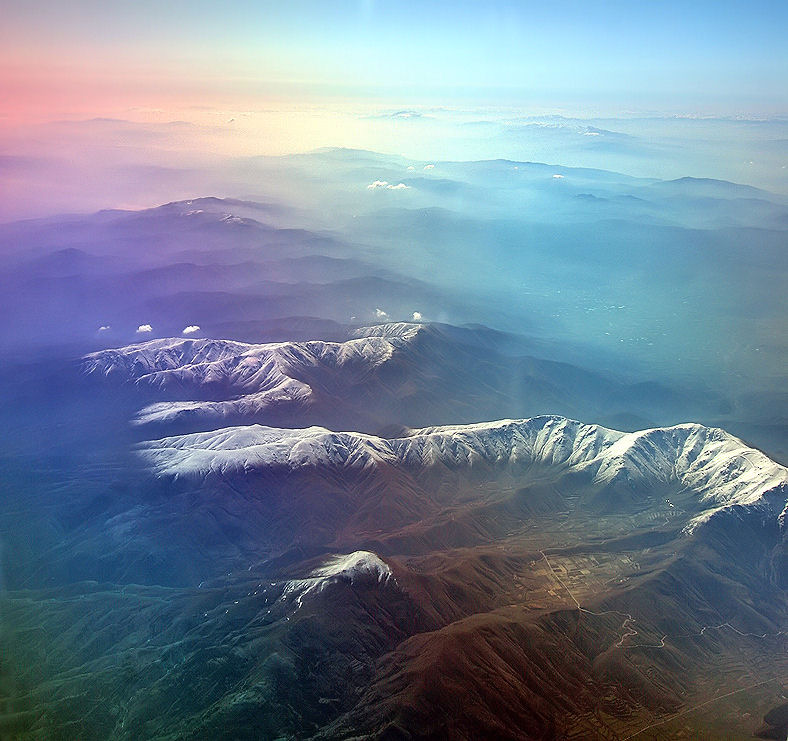
On December 26th I climbed the 1000m high Plettenberg to observe and photograph the setting sun with 1m focal length to look for the green flash. The transparent air and an inversion layer were promising, however a few clouds with their top at approximately the same altitude were disturbing. The upper limb of the sun turned out to be quite turbulent showing green rims and flashes, but also some blueish apparitions.
Why a blue flash?

A green rim of the setting or rising sun occurs due to differential refraction in the atmosphere. If conditions are extremely clear, also the blue light has a chance to get through, and there might be even a blueish rim. With a temperature inversion layer in the atmosphere, upper segments of the solar image might get separated from the rest of the solar disc. In the final moments of these elusive segments they do appear green and sometimes even blue (green or blue flash). However, it is not clear to me why in my observations both happens. Most last moments are green, whereas the third frame shows a blue color and at the same time other turbulent segments with a green color. Should not every segment turn from green to blue, at least in the very last visible moment?
Maybe something more than just clear air plays a role for a blue flash visibility!?
It is the first time I see green and blue flashes simultaneously in one image. I strongly encourage other observers to record video data to show these effects in higher time resolution.
See large image with blue flash
Image sequence with description
 The season for algal optics has started, the first display was seen here in Finland already in the beginning of April. No photos was taken, but a gallery from my work on this stuff in last summer is here.
The season for algal optics has started, the first display was seen here in Finland already in the beginning of April. No photos was taken, but a gallery from my work on this stuff in last summer is here.


